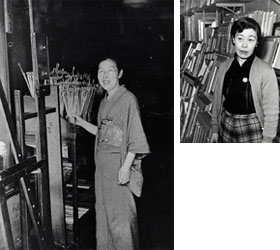
At the time "Bauhaus" opened in Germany, founder Soyo Ishii opened an art supply store "IZUMIYA" in Shibuya. Experiencing the disastrous Great Kanto Earthquake and the pathway to war resulted the country in an unstable social condition. At that time, the store moved to Atelier Village in Ikebukuro where many artists united together. Although far from wealthy, artists were blessed with art supplies from IZUMIYA to continue on with their artistic activities. Since then, the store became their place to hang around. Almost nothing was left behind after the war, but art supplies were gathered around from various places as much as possible. In 1948, where paper was still banned to be imported, IZUMIYA negotiated with the Japanese Ministry of International Trade and Industry (MITI) to allow importation of charcoal paper from Canson in France. With success, aspiring artists and students were able to grab their lifeline.
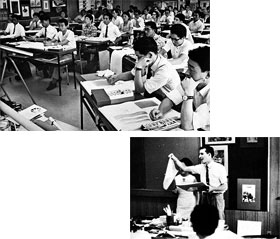
An article was published on a newspaper, "World's famous Lucky Strike designer Raymond Loewy designs the package of a Japanese cigarette - Peace - for a total of ¥1,500,000 (Which nowadays equivalent to more than ¥100,000,000)." Taking this fact seriously, the company began researching overseas designing tools and started importing them along with developing original products with vision of a new design era in mind. A new business style was established - Importing new tools & materials and introducing them via seminars to pass along the usage and techniques to the Japanese design industry.
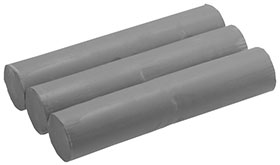
Mitsubishi Motors (Previously "The New" Mitsubishi Heavy Industries) invited GM designer, Hans Bretzner.
At the time, models used sculpture clays and were regarded as just a figure for checking its overall shape. However, Bretzner used Chavant's Industrial Clay and applied various design techniques on it to improve quality. He told us the importance of creating a clay model and finishing it with perfect paint, so that it makes a difference when introducing the model during presentations.
Taking this seriously, IZUMIYA signed up with Chavant to become the far eastern general agent for Industrial Clay, and began importing and selling its products. This was the first engagement of IZUMIYA Corporation with the Industrial Clay.
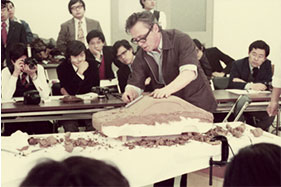
Chavant and IZUMIYA invited a famous Detroit automotive modeler Ron Martin as a lecturer for the modeling seminar.
The clay modeling seminar was held in Tokyo, Nagoya, Osaka, and Hiroshima. During the seminar, clay modeling systems were introduced to complete a clay model from scale to full-scale (1/1). Japanese clay modeling techniques evolved with drastic speed and improvements since then.
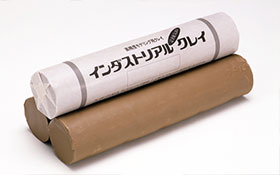
The first domestic production of Chavant-licensed Industrial Clay J-525 commenced in Japan.
With finely finished surface, adhesiveness, solid strong, machinability, unaffected by working temperature, and almost no expansion/contraction with temperature change, a perfect Industrial Clay was manufactured. Different kinds of Industrial Clay with softness, adhesiveness, tone and color was produced as a result of adapting specific modeling techniques used by individual automotive manufacturers.
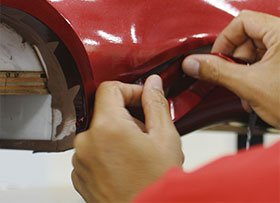
Clay Modeling Film was the first original film developed in Japan for clay models.
With its elastic characteristics, it can be applied on any flat or round surfaces and even on complex geometry as it spreads throughout the surface. It was more efficient in time than painting directly on target clay models. Whilst applying, precise adjustments were possible, results were fine and beautiful, and even easy to peel it off without damaging the surface. Nowadays, the film is used in many automotive manufacturers and model studios all over the world.
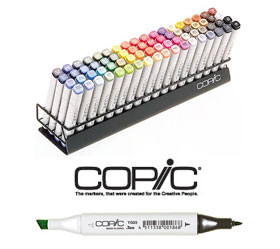
As copy machines became popular in designing fields, the company developed a marker that does not dissolve toners. The "Copic" was developed. It was a product designed with a concept of color painting on printed paper. More colors and variations were introduced and awarded with Good Design Award.
Copic has now become a long and best-selling product used in more than 48 countries. "Copic" is a must-have for product and car designers.
"Izumiya Corporation" changed its name to "Too Corporation." With our past knowledge and experiences, we stepped into a new challenge in order to deliver products and services based on customer needs.
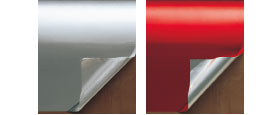
Aluminum foil used to check the imbalance of clay model surface. It can also be used for model mock-ups by coating with it to look like a plated part.
Sales department for art supplies, clay, educational materials, equipment, design and modeling materials grouped up into an organization and separated from Too Corporation as a new entity "TOOLS Corporation."
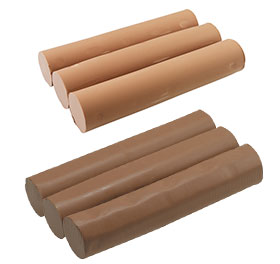
Product was customizable by changing component ratio, based on specifications requested by each automotive manufacturers. This included softness, elasticity, adhesiveness, tone, color, and feelings. When we talk about clay, feeling is the most important thing. This is because the final stage of modelling process undergoes shaving and applying clays in 0.1mm preciseness. Hence, the completeness and stability is always the top priority. Along with feeling stability, automotive manufacturers demanded a more environment friendly material. Sulfur was used in clays for stabilizing its feelings. Environment VS feeling stability. It always has been a contradicting pair. In order to meet our customer demands, we decided to reconsider the raw materials from scratch and experimented with hundreds of material combinations with trial and error, involving our modelers to participate in the test. Finally, we came up with the sulfur-free Clay NS series, and now being used in automotive manufacturers and model studios world-wide.
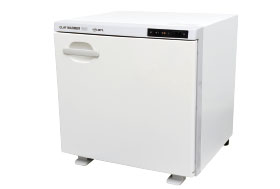
A warmer for Industrial Clay. Ideal for scale models with up to 15 billets at once.
Chrome Silver is a modeling sheet with glossy chrome coating. You can just peel it off to stick it on. It is ideal for expressing door handles, plated molds, buttons, and other plated surfaces.
Clay Shaper is used to recycle an Industrial Clay that has already been used. It removes moisture and reshapes it into its original form.
International sales department for selling clays, modeling materials, equipment, educational materials for automotive design separated from TOOLS Corporation. This entity became the "TOOLS INTERNATIONAL Corporation."
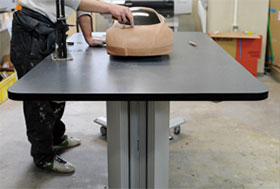
It’s a modeling table with full of features for modeling. A 25mm pitch grid line is printed directly on the table, which enables you to use it as a ruler for scale models.
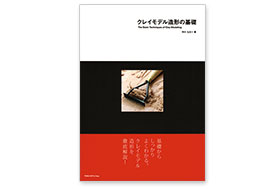
It's a book easy to follow that illustrates the fundamentals and procedures of clay modeling. It is written by Namiichi Nakagawa, who worked as a modeler for 40 years at Toyota Motor Corporation. By the end, you will be able to obtain basic clay modeling skills and understand the theory of constructing a three-dimensional object.
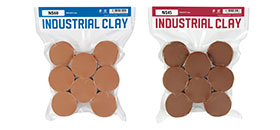
A vacuum-packed Industrial Clay packed with eight cylindrical slice, enabling quick warming with ease.
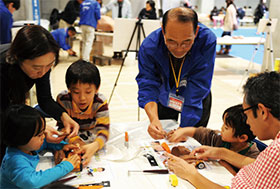
Industrial Clay is the choice for making art without blueprints. Hand-on workshops were held to experience the fundamentals and procedures of clay modeling. It was instructed by one of the professional clay modelers from Japan Industries Modeling Promotion Committee (JIMPC), a perfect lecture session by whom that has been involved in Japanese automotive car modeling for many years. The workshop has now become an annual event, motivating students to find job opportunities in automotive industry. Also, a workshop held at the Tokyo Motor Show ("Car Design Park") provided enjoying opportunity for families to participate in making original car models, instructed by a professional clay modeler.